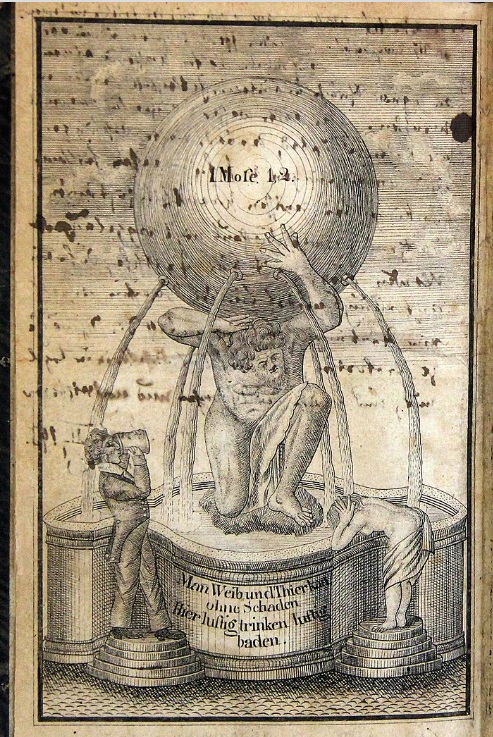Aleksander Musiał, Princeton University
The paper will analyse the use of emblematic and caricatural imagery in the work of one of founding figures of modern German balneology. Unlike John Floyer’s publications on cold baths often taken as the theoretical model of Siegmund Hahn, a protégé of the Sobieski court working in Habsburg Silesia, the latter integrates rich visual material accompanying the text. These images both summarize and supplement his scientific argumentation against the traditional theory of bodily humours. A close analysis of text/image relationship within the publication, followed by later reprints, will demonstrate how repurposing canonical iconography would negotiate the unstable relationship between familiarity and the unknown raised through advocating for the innovative hygienic practice of water immersion.
Aleksander Musiał is a PhD candidate at Princeton University specialising in early modern art and architecture. A graduate in Classics from the University of Cambridge and in Art History from the University of Warsaw, he pursued internships at the curatorial departments of the Princeton University Art Museum, the Frick Collection and the Morgan Library. His doctoral thesis, entitled ‘Immersion: classical reception and Eastern-European transformations of hygiene architecture, ca. 1610-1830’, has been supported with fellowships and visiting positions at the Center for Advanced Study in the Visual Arts at the National Gallery of Art, Washington (DC), the British School at Rome, and Bibliotheca Hertziana, Max-Planck-Institut für Kunstgeschichte. Musiał’s articles were published in the Princeton University Art Museum Record, and the Oxford Art Journal, for which he was awarded with Emerging Scholars Publication Prize by the College Art Association’s Society of Historians of German, Scandinavian and Central European Art.
